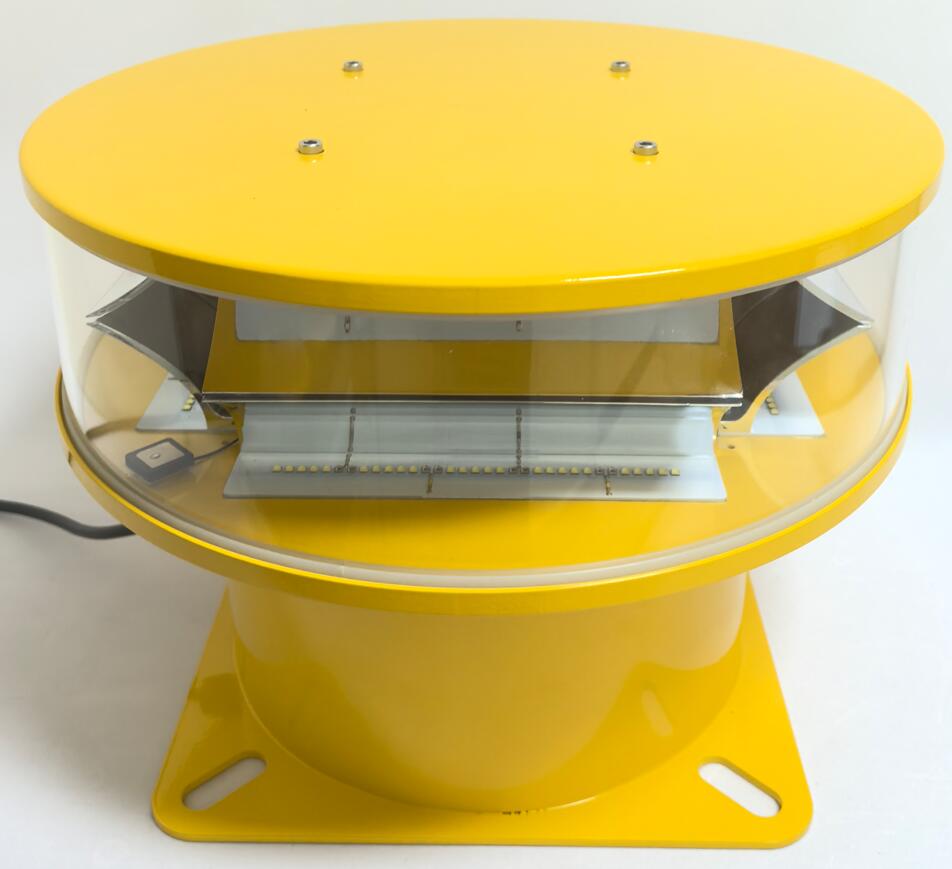Aircraft Warning Light Systems: Safeguarding Skies with Smart Illumination
As air traffic continues to grow, the need for reliable aircraft warning light systems becomes increasingly critical. These systems are designed to mark tall structures—such as communication towers, wind turbines, and skyscrapers—ensuring they are visible to pilots, especially during nighttime or adverse weather conditions. With advancements in lighting technology, modern aircraft warning light systems have evolved to offer enhanced efficiency, durability, and automation. This article explores their significance, types, technological advancements, and future trends in aviation safety.
The Importance of Aircraft Warning Light Systems
Collisions between aircraft and man-made structures pose significant risks. To mitigate these dangers, regulatory bodies like the International Civil Aviation Organization (ICAO) and the Federal Aviation Administration (FAA) mandate the use of aircraft warning light systems on obstructions exceeding certain heights. These systems serve two primary functions:
Visual Identification – Helps pilots detect and avoid obstacles.
Regulatory Compliance – Ensures adherence to aviation safety standards.
Failure to install proper warning lights can result in accidents, legal penalties, and increased insurance liabilities.

Types of Aircraft Warning Light Systems
Warning lights are categorized based on intensity and application:
1. Low-Intensity Warning Lights (Type A & B)
Used for structures under 45 meters (148 feet).
Typically steady-burning red lights (L-810).
2. Medium-Intensity Warning Lights (Type C & D)
Required for structures between 45–150 meters (492 feet).
Can be red (L-864) or white flashing (L-865).
3. High-Intensity Warning Lights (Type E & F)
Necessary for structures taller than 150 meters or near airports.
High-power white strobes (L-856/L-857) for maximum visibility.
Key Features of Modern Aircraft Warning Light Systems
1. LED Technology Dominance
Traditional incandescent and halogen lights are being replaced by LED-based systems due to:
Lower power consumption (up to 80% energy savings).
Longer lifespan (50,000–100,000 hours vs. 5,000–10,000 for halogens).
Brighter and more consistent illumination.
| aircraft warning light system |
2. Smart Control & Automation
Modern systems integrate:
Light sensors for automatic brightness adjustment.
| aircraft warning light systems |
Remote monitoring for real-time fault detection.
Synchronized flashing in wind farms to avoid pilot confusion.
3. Durability in Harsh Conditions
High-quality aircraft warning light systems are built to withstand:
Extreme temperatures (–40°C to +70°C).
Corrosion (marine and industrial environments).
Heavy rain, snow, and high winds.
4. Solar-Powered Solutions
For remote or off-grid installations, solar-powered warning lights provide:
Energy independence (no grid connection needed).
Eco-friendly operation (reduced carbon footprint).
Regulatory Standards & Compliance
To ensure global uniformity, aircraft warning light systems must meet strict guidelines, including:
ICAO Annex 14 – Defines light intensity, color, and flash rates.
FAA AC 70/7460-1L – Specifies U.S. requirements for obstruction lighting.
EN 61820 & IEC 61400-24 – European standards for wind turbine lighting.
Manufacturers must conduct rigorous testing, including photometric performance and environmental resistance checks, before certification.
Emerging Trends in Aircraft Warning Lighting
1. AI-Enhanced Adaptive Lighting
Future systems may use AI-driven adjustments based on:
Real-time air traffic density.
Weather conditions (fog, rain, low visibility).
2. Wireless Mesh Networks
Allows multiple warning lights to communicate for synchronized operation.
Enables centralized monitoring and predictive maintenance.
3. Hybrid Power Systems
Combining solar panels with battery backups ensures uninterrupted operation even in low sunlight conditions.
4. Integration with Urban Air Mobility (UAM)
As drone and eVTOL (electric vertical takeoff and landing) traffic increases, aircraft warning light systems will need to adapt to low-altitude obstacle marking.
Aircraft warning light systems are indispensable for aviation safety, ensuring that tall structures remain visible to pilots and compliant with international regulations. The shift toward LED technology, smart controls, and solar power has made these systems more efficient and sustainable than ever before. As airspace becomes more crowded with traditional aircraft, drones, and urban air mobility vehicles, continued innovation in warning light systems will be essential to maintaining safe skies.
By embracing new technologies such as AI automation, wireless networking, and hybrid power, the aviation industry can further enhance obstacle visibility while reducing operational costs. Whether on a skyscraper, a wind turbine, or a telecom tower, aircraft warning light systems will remain a cornerstone of modern aviation safety.
